The African Grey Crowned Crane is a strikingly beautiful bird that stands out in the wild. It goes by other names such as the Crested Crane, South African Crane, Kavirondo Crane, Eastern Crowned Crane, East African Crane and the Golden Crowned Crane.
Together with the Black Crowned Crane, the African Grey-Crowned crane is one of the oldest crane species in the world, predating other cranes by several millennia.
The bird is fascinating to view in the wild, particularly if you get them performing their famous courtship dances. Now that we know a little bit about these birds, let’s get to know a bit more about how they live and carry themselves.
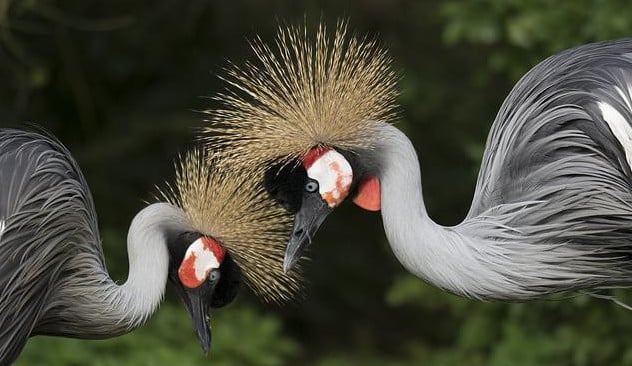
How To Spot an African Grey-crowned Crane In The Wild?
The Grey Crowned Crane is a spectacular bird both in flight and on the ground. Its defining feature is the stiff crown of feathers on top of its head.
The grey in the title generally refers to the bird’s overall body plumage rather than the colour of the crown feathers which are a golden colour.
They have bare cheeks that are white at the bottom with small red patches on the top part. The top part of the head is black, while their irises are dark blue with black pupils. The bill which is proportionally shorter than in other Crane species is black in colour and at the throat is a bright red inflatable gular sack.
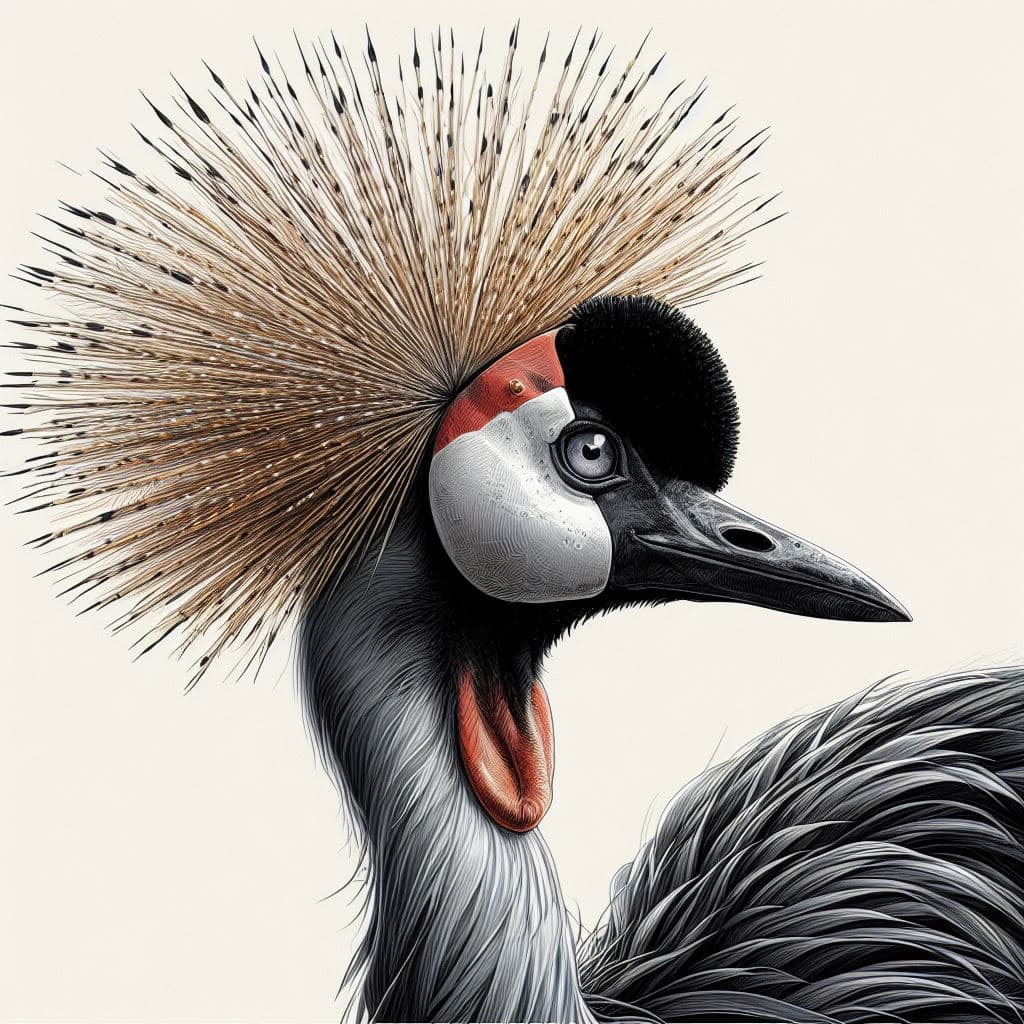
They have a graceful form with long legs and large but slender feet that are used for balance rather than grasping or defence and are useful for wading through marshes and long grasses.
They also have long hind toes that enable them to roost comfortably in trees, a special trait they only share with the Black Crowned Crane and no other crane species.
Most of their body feathers are grey but the primary covert feathers of the wing are white, while the primary feathers are black and the secondary feathers are brown.
They are tall birds which lends to their graceful nature, as they stand at a height of approximately 1 m (3’3”), with a wingspan of about 2 m (6’7”). They weigh in at around 3.5 kg (7.7 lb), which is the relative weight of a well-fed adult common chicken.
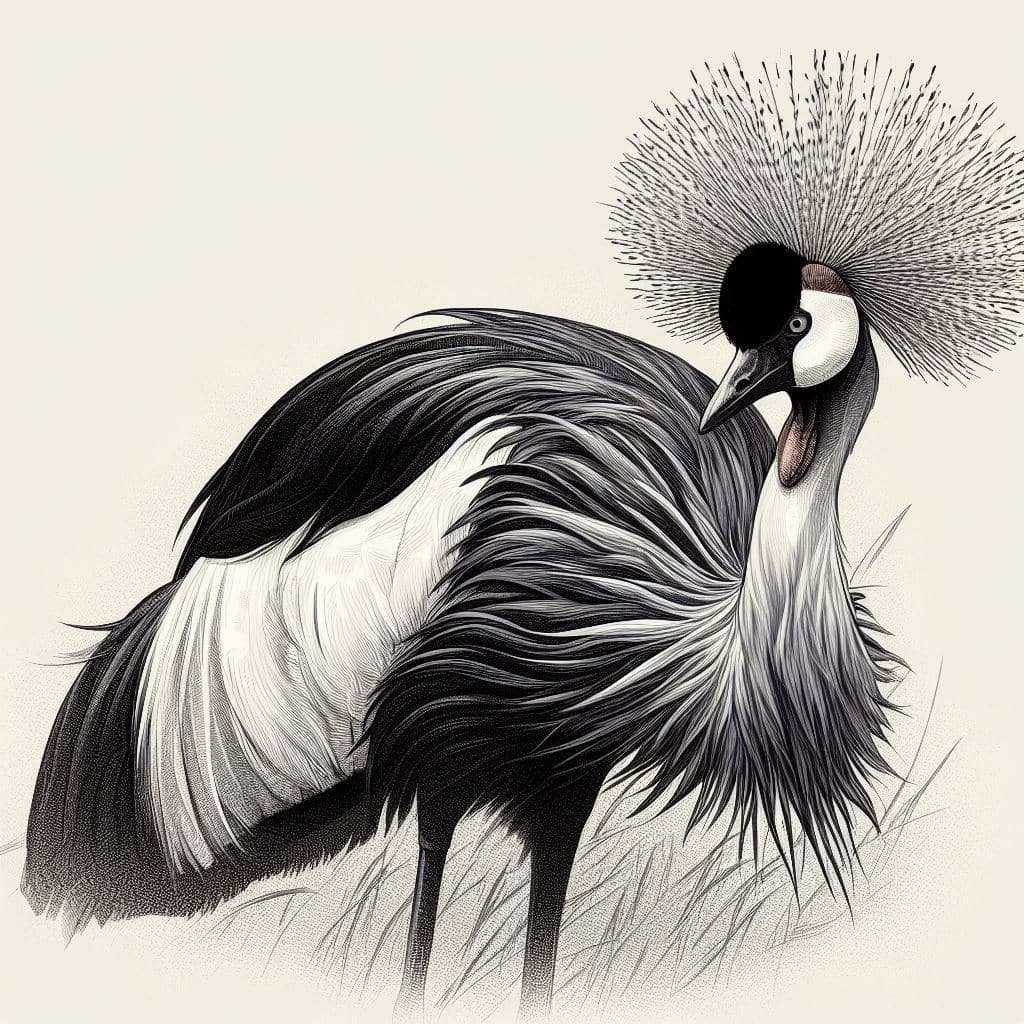
Juveniles are grey in colour with a brown nape and crop, with brown irises. The gular sac usually develops after only 4 months is usually pink in juveniles.
Where Can You Find This Crane?
The Grey Crowned crane can be found in a variety of habitats ranging from farmlands, and wetlands such as marshes, floodplains, and rivers, to open grassland savannahs with an abundance of tall trees for roosting in.
They are not typical migratory birds but will move around due to water abundance, particularly in the breeding season.
They are spread throughout a big chunk of sub-Saharan Africa and can be found in countries such as; Uganda, Kenya, Rwanda, Burundi, Tanzania, The Democratic Republic of Congo, Zimbabwe and South Africa.
Some small groups of birds can be found in Botswana, Namibia, Angola and Zambia.
What Do Grey Crowned Cranes Have For Lunch?
The Grey Crowned Crane is an omnivorous bird with a diet ranging from grains such as millet, soybeans and maize, seeds, the tips of grasses, eggs of aquatic animals, small fish, snakes, worms, frogs, lizards and insects.
They use their long legs and large feet to stomp in tall grasses and flush out prey which are quickly dispatched. They will also follow grazing herbivores such as Zebras, wildebeests, antelope, and cattle gobbling down any insects flushed by the former’s movements.
A Courtship Display To Impress.
The breeding season coincides with the rainy season, which will vary from region to region.
In the East African region, the Grey Crowned Crane breeds all year round, but in Southern Africa, their breeding coincides mainly with the rainy season of October to April with a frenzy between December and February.
During this season, breeding couples will perform some of the most spectacular performances you can see among birds. Young males looking for mates will bob their heads, run with their wings flapping, perform deep bows, jump, move their feet and throw shapes in order to attract a good mate.
For couples, other than the usual dancing moves, males will also inflate their bright red gular pouches and produce a booming call.
Dancing is an integral ritual among cranes and not just the Grey Crowned Crane. They will perform dances both during the breeding season and off-season as dancing helps young birds develop social and physical skills.
During the breeding season, males will get rather territorial and will not tolerate any other Crowned Crane in their territory.
They have that deep booming call that can be heard as far away as 5 km (3 mi). A pair of Crowned Crane also has a distinctive unison call that announces their territorial claims.
Grey Crowned crane Chicks Can Run Shortly After Hatching.
Once two Grey Crowned Cranes meet and mate up, they form a bond that is exclusive and can last a lifetime. During the breeding season, cranes will always look for wetlands to set up their nests.
During the rainy season, the increase in water leads to the development of wetlands that are less accessible to predators thus ensuring the survival of their chicks.
At this time, couples will generally move away from the flock in search of a site that is hidden from view and build the nest at the edge of wetlands or in marshy areas.

The nests are large, circular and constructed using grasses and other bits of vegetation. Females usually lay up to 4 eggs each breeding season and the task of incubating them is shared equally by both parents.
Females will sit on the eggs during the day while males are foraging, and the males will sit on them during the night giving the females some much-needed time off.
The incubation time takes about 28 to 31 days after which all eggs hatch simultaneously, a fact that is exclusive to Crowned Cranes among other Crane species.
The chicks are usually well developed at the time of hatching and hours after are able to follow their parents around the nesting site. Their development is rapid as they develop flight feathers between 2 and 4 months after hatching.
But after this stage, known as fledgling, they don’t go their own way, rather they stay with their parents for 8 to 10 months until the next breeding season begins.
When they leave mom and dad, young chicks gather in groups made up of other juveniles, roosting and foraging together.
At 18 months, these juveniles start developing their adult plumage and as such start practising crucial rituals such as the mating dance and their threat displays. These birds then gain full maturity at between 2 and 3 years of age.
What Do Grey Crowned Cranes Symbolise?
The Grey Crowned Crane is majestic and beautiful and is also the national bird of Uganda, appearing in the country’s coat of arms and national flag.
The bird was used in the flags representing Uganda as far back as 1914 when it was still a colony of Great Britain. According to some tribes in Uganda, the Grey Crowned Crane can be used to tell the time of day depending on the sounds and calls it makes. It is also a symbol of joy, wealth, longevity and relaxation to some.
Conservation Status of the Grey Crowned Crane
The birds are listed as endangered on the IUCN list. Their population is rapidly decreasing and has decreased by about 85% since the mid-80s.
Currently, their numbers stand at between 20,000 and 50,000 individual birds worldwide. The biggest factor behind their decrease is the decline of viable breeding grounds through the loss and degradation of wetlands.
Other than wetland loss, other reasons behind their decline include egg collection for commercial trade, live capture for the exotic bird and pet trade, human activities such as farming, and land development, collision with power lines and poisoning either intentionally or unintentionally from pesticides.
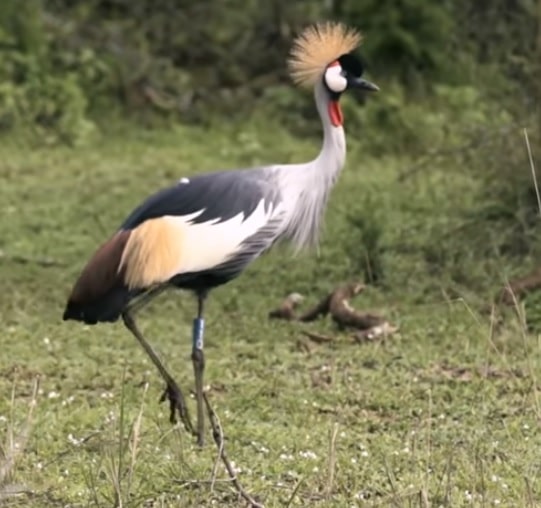
Some things such as poaching and illegal trade make the birds wary of the danger posed by humans. A consequence of this is that they spend less time taking care of their chicks and nests, and more time watching out for humans and the danger they pose.
There have been conservation efforts and the formulation of protective laws in some countries such as Kenya, Uganda, South Africa, Zimbabwe and Rwanda geared towards safeguarding the wetland habitats of Grey Crowned Cranes, and also abolishing any illegal trade and poaching of these birds.
FAQs On the Grey Crowned Crane.
Let us answer some more FAQs on Google about these birds!
What is the difference between the black-crowned crane and grey crowned crane?
Both of these species have the same golden crown of stiff feathers on top of the head, but the Grey Crowned Crane is the more common of the two species.
The black-crowned crane has a pink gular sac, while the Grey Crowned Crane has a bright red one. The black-crowned Crane’s feathers are mainly black, from the neck downwards. The cheeks are also pink-white for the Black Crowned Crane while they are white for the Grey Crowned Crane.
How long does an African Crowned Crane Live?
The Grey Crowned Crane is quite long-lived having an expected lifespan of 20 years in the world and up to 30 years in captivity.

What are the predators of the Grey Crowned Crane?
The Grey Crowned Crane is predated by domestic dogs, cheetahs, lions and hyenas.
Related article:
- Another king of the animal kingdom is the breathtaking African Kingfisher bird
- The national bird of South Africa: the big Blue Crane
My Final Conclusion.
I hope that you enjoyed this article on the African Grey Crowned crane, and if you have any more questions about this bird, please feel free to leave them down below in the comment section!
You can also join my social media channels for more pictures, videos, and stories about my travels to Africa!
I wish you happy travels!
Kind regards,
Lizzy
I now have a YouTube channel as well!
YouTube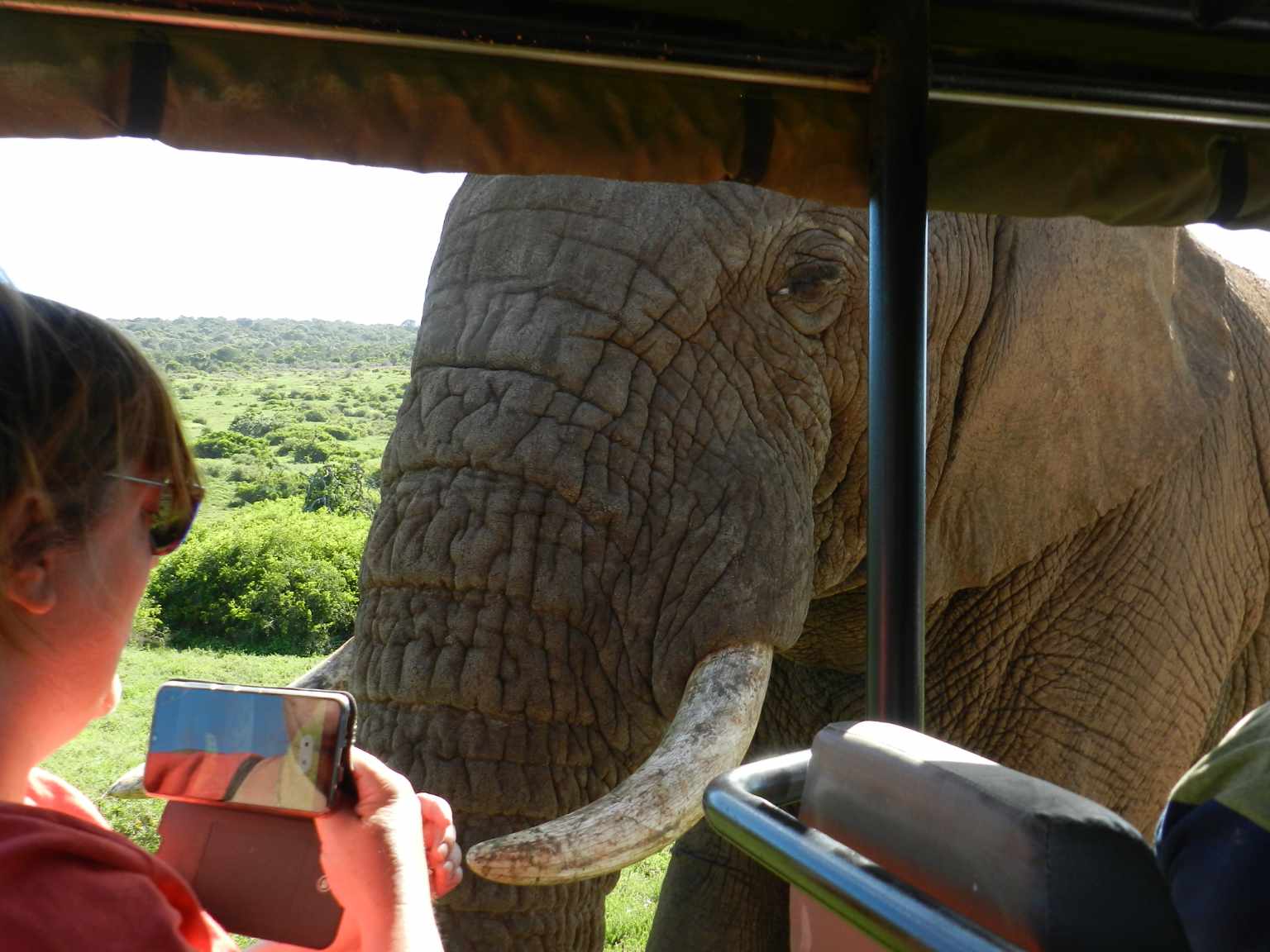
Hello Africa travellers!
Who am I? Well, the least you can say is that I am quite crazy about Africa, its nature, its climate, its culture, and more.
As a young woman in my twenties, I had already traveled to several African countries by traveling along in an overlander on my own and mostly camping ( or glamping ) and just fell in love with the diversity of it all.
So much, so that at the age of 26, I went back to university to study biology, which, unfortunately, I couldn’t finish because of health reasons (yes, I got sick from a tropical disease, oh cynicism). But this did not stop my dream of traveling back to Africa several times, and I still do.
My dream was back then to leave Europe and go study animal behavior, especially the elephants (sure, that’s every girl’s dream haha), but I am also very much intrigued by hyenas and other “ugly African animals“.
So, I “kind of” have a little bit of a scientific approach to my articles, when I write about African birds, for example. And most of all: the passion.
But life goes on, you move from one side of the country to the other, you get sick again and top it off with lower back problems, and before you know it, you are over 50 hahaha!
Now, I still travel to Africa, but take it a bit “easier” than the good old camping days, and stay in comfortable, yet affordable accommodations, together with my husband Wouter.
These are some of the countries I have traveled to: Kenya, Tanzania, Zanzibar, Malawi, Zambia, Zimbabwe, South Africa, Namibia, Botswana, Tunisia, and a little bit of Lesotho LOL .
While clearly not being African territory, but Spanish, I also visited Gran Canaria and Tenerife, and location-wise, I consider them “African”, because of their climate and nature, sue me :-p
The last trip I took was to South Africa in the year 2023, and it sure got the fevers for Africa back! From the Barberton mountains to the Drakensberg and the Southcoast, one month wasn’t enough at all to see the whole country, so we’ll be back! At ease and with a little bit more luxury than in my younger days haha!
I wish you happy travels!
Kind regards
Lizzy

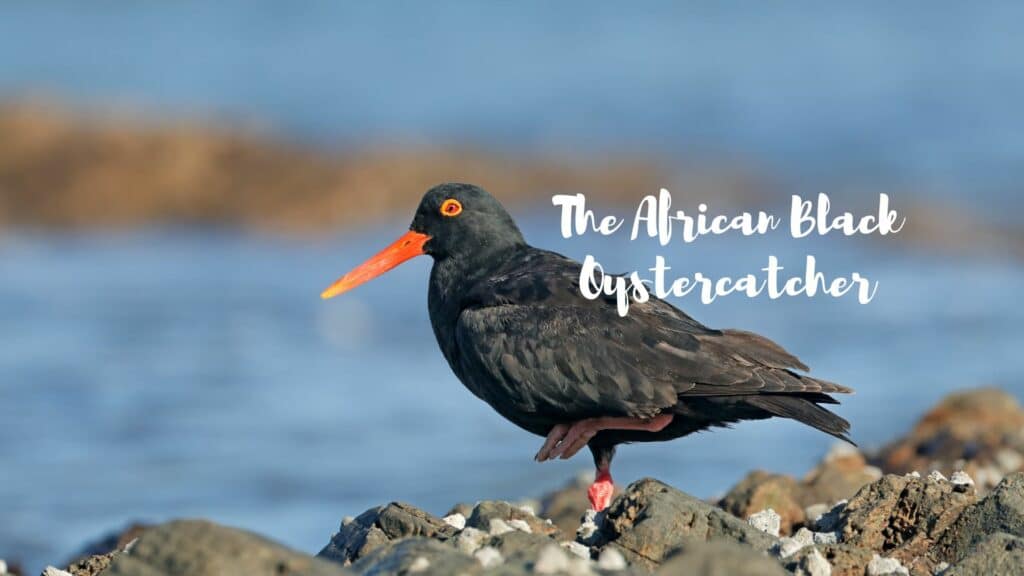
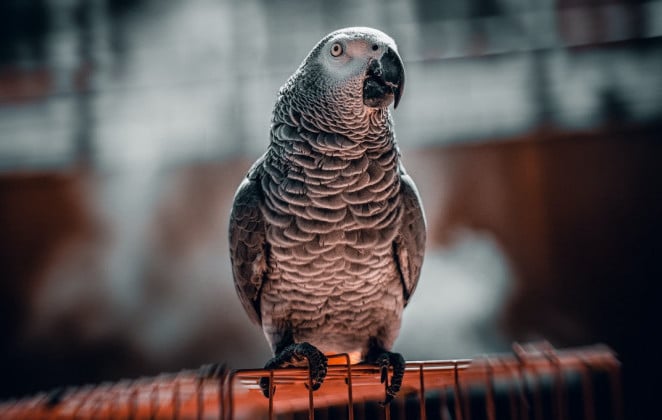


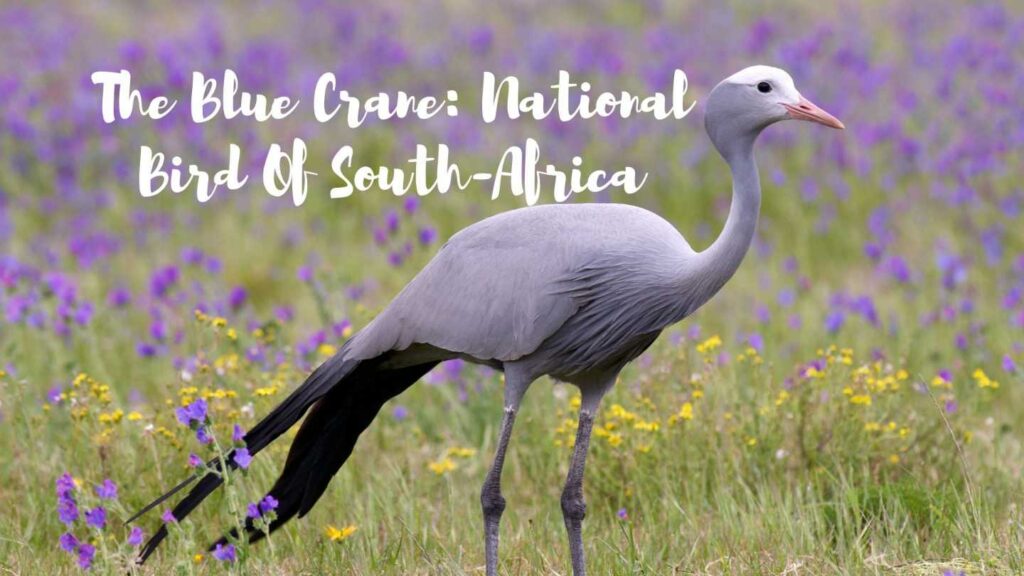


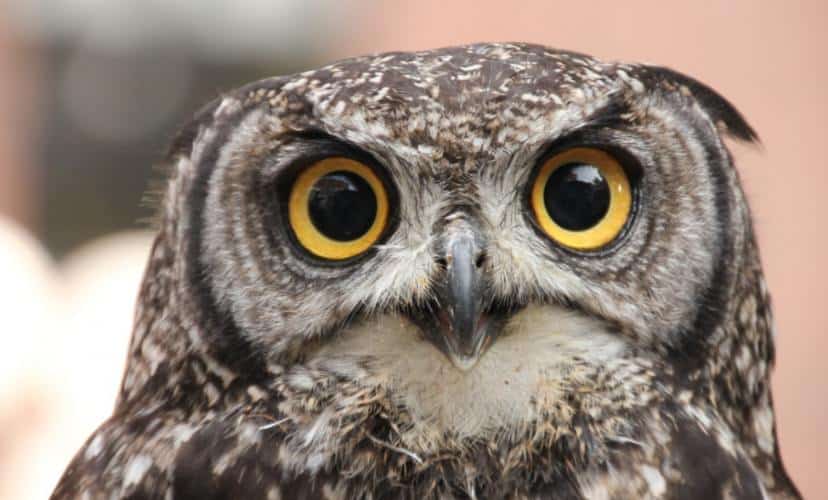

Lizzy, there is so much value in your post about the grey crowned crane! You tell a story that the world needs to hear and help preserve these beautiful birds.
I’m captivated by their beauty and the efforts made to prevent them from extinction. The videos are a great addition to your post. I will be sharing this in whatever way I can starting right away. Thank you for caring and sharing!
Veron
hello Veron, thanks very much for your comment and thanks for sharing!
Lizzy